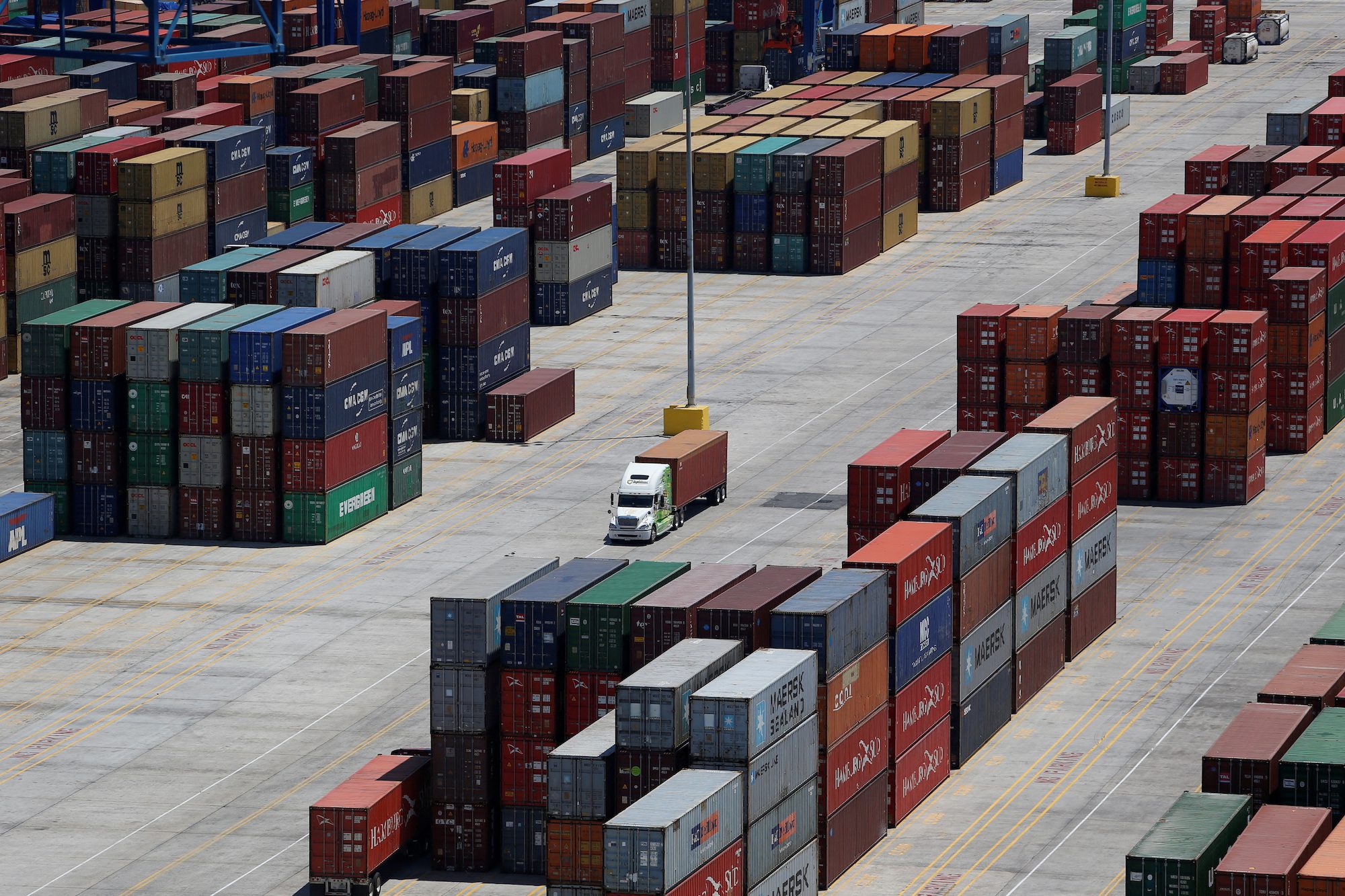The 2021 Q4 earnings reports will soon be coming in. While shipping investors have done well with container and drybulk names, the tanker market has struggled- against the backdrop of continued drawdowns of inventories, and, in the refined products trades, weak demand for jet fuel.
So, company managements need to be watching both the day-to-day freights and hires, which may be barely covering costs, and also the long term situation- having cash on hand to ride out whatever market brings.
In advance of its actual Q4 report, Scorpio Tankers (NYSE: “STNG”) announced it was taking steps to bolster its balance sheet. In a prepared release, STNG announced that it would selling 14 vessels (2 MR size and 12 LR size) for an aggregate $472 million, with closings expected in the first half of 2022.
When combined with a refinancing under discussion with a bank (but not yet agreed), the vessel sales (enabling existing bank debt to be pared down) are expected to increase the Company’s liquidity by approximately $216 million. When the dust clears, STNG would have $478 million of cash in its coffers- over 117 controlled vessels (just over $4million per vessel).
In its announcement, STNG provided estimates of the present time charter equivalents (TCE, freight $/ton minus fuel and port costs) for its LRs- $14,000/day, and MRs- $11,600/day. These offer a stark contrast from 2020s’s Q2, 18- 20 months ago, in the boom times (with traders stockpiling oil and products), when STNG was stockpiling money (and using at least some of the windfall to pay down debt) with a fleetwide TCE of $29,693/day.
Equity analysts who follow STNG were looking at the bright side, as STNG waits it out until the tanker market’s eventual strengthening- albeit with uncertain timing. Analyst Jon Chappell of Evercore ISI, stressed the positive financial impacts of the sale at time that the market for STNG’s vessels is drifting with the currents, telling investors: “The benefit of the vessel sales cannot be understated, as the proceeds effectively remove any near-term liquidity overhang that could persist if the product tanker market recovery continues to get pushed to the right.” In stressing the salutary effects on shares from the lowered required debt payments (eliminating the need to raise capital through an issuance of additional shares) , he said: “…the highly feared equity dilution negative catalyst is now off the table.”
Jefferies & Co. analyst Randy Giveans offered a different perspective, saying: “We believe the LR1 transaction with Hafnia (the vessel buyer- part of the BW Group, controls 229 product carriers) is a win-win deal for both parties as Hafnia is a market leader in that segment while STNG needed the cash and is primarily focused on the LR2 and MR markets.”
On the financial front, he said: “Just as management discussed, the Company’s sale of its LR1 fleet and two MRs will provide the cash needed to repay the [$70 million “convertible” bonds due May, 2022] and build cash to provide a buffer as the market continues its slow recovery.” He suggested that STNG might now begin to repurchase its own shares (with their price well below the “net asset value”, at about 50% of NAV actually) which Mr. Giveans described as: “… a great use of cash, especially if management is confident in the pending market recovery.”
One analyst who has taken a cautious view on STNG is Amit Mehrotra, of Deutsche Bank (DB), who- opining on the vessel sale, wrote that: “To be sure, STNG is not doing this from a position of strength, but rather from a position of defense, and it has prospective implications on the earnings power of the company given the sale of assets with among the highest earnings potential over time. Said another way, STNG would be selling about 10% of its fleet in exchange for 3 more months of ‘runway’ on liquidity, by our estimate.”
That above-mentioned trade-off between nearby and longer term was alluded to in DB’s report, with the analysts adding: “The bottom line is STNG is selling assets to shore up its balance sheet – at a relatively weak point in the cycle.” The good news embedded here is that another way to raise money- through a possible share issuance, is avoided, with DB echoing the sentiments of the other analysts, writing: “But to be fair, this does remove near- to mid-term need for dilutive equity financing, in our view, which should allow the shares to respond positively to this potential development.”
Sign up for our newsletter

 Join The Club
Join The Club











